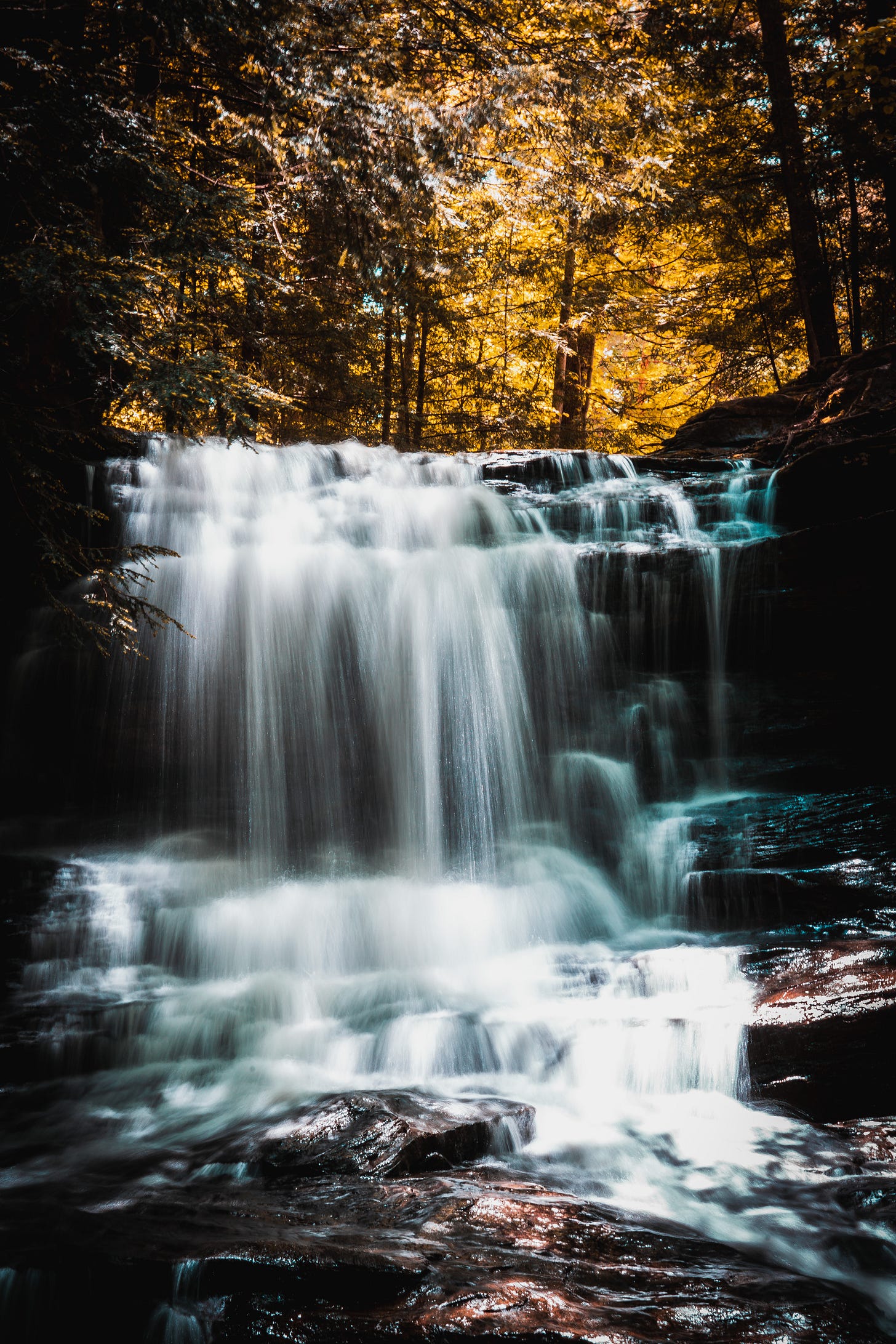Going with the Flow
Could this mental state be the ultimate in human happiness?
Photo by R.D. Smith on Unsplash
Have you ever been lost in a book? And by lost, I mean so completely drawn into the story that you can’t even hear when people call your name?
If so, then you already have some idea of what “flow” is like.
“Flow” is the term coined by psychologist Mihaly Csikszentmilalyi for a mental state when a person is completely absorbed in what he is doing, to the point that they lose track of real time. In the flow state, a person feels focused, energized, fully involved, and happy. Some describe it as a state of effortless attention.
It has other names. Musicians talk about the experience of being “in the groove” or “in the pocket.” Athletes talk about being “in the zone” or mastering “the inner game.” Runners call it “runner’s high.” Mystics call it “higher consciousness.”
How Flow Feels
How do you know if you’re in flow? People who experience flow describe the experience in these ways:
Focused, concentrated attention on the task at hand
Ecstasy – a sense of being outside everyday reality
Inner clarity – knowing what needs to be done, and how well they are doing at it
Confidence that the activity is doable and well within their skillset to achieve
Serenity – unworried about self, and a feeling of growing beyond the ego’s boundaries
Timelessness – being so thoroughly in the moment that hours seem to pass by in minutes
Intrinsic motivation – what produces flow becomes its own reward.
Whatever you call it, people who experience it rave about it. Csikszentmilalyi and other researchers have suggested that time spent in flow leads to more positive affect and better performance. You will even find people who say that being in flow is the highest height of human happiness.
I like happy. I wouldn’t mind having happy in my life more often. I have experienced flow from time to time, mostly while writing. Getting the right words in the right order is a hard slog 95 percent of the time. Then there are these rare moments of inspiration when everything comes together like magic, and the right words and sentences “flow” out of me effortlessly. It is a beautiful thing. I only wish I could experience the magic more regularly.
According to some semi-reliable sources, that would be possible if I just trained my mind rigorously. These sources also say everyone has the potential to enjoy flow experiences, and age is no barrier.
So how do we get there?
Training the Mind
Steven Kotler, a world-renowned expert on human performance and the executive director of The Flow Research Collective, has identified more than 20 pre-conditions, or triggers, that can induce a flow state. Though the triggers are different for each individual and can be influenced by psychological, environmental, social, or creative factors, he believes there are steps anyone can take to discover their own triggers and encourage flow:
Do what you love to do. When you’re self-motivated, it’s easier to stay focused and engaged.
Challenge yourself – not enough that you get frustrated, but enough to take you out of your comfort zone and stretch. It’s tricky but important to strike the right balance.
Set clear goals. If the goals are clearly defined, you’ll be more satisfied when you reach them.
Establish a routine – a series of activities to get you into the right mindset for flow. Follow the routine whenever you begin a serious work session. One writer, for example, plays alpha frequency music (to stimulate your brain’s alpha waves) while taking deep breaths.
Banish distractions. Turn off the phone, silence all other beeps, bells, gongs, and whistles. Find a quiet place. Close the door and post a “Do Not Disturb” sign.
Be here now. Flow happens when you are so fully engaged in your task that the outside world disappears from sight. Practice being in the moment. If your thoughts wander, gently bring them back to the present. (A mindfulness meditation practice can help achieve this.)
Take breaks. If you find yourself losing your concentration or not performing at your best, take a walk or step out for fresh air. Do NOT text or scroll social media if you hope to return to flow state.
Be open to new experiences. Willingness to try out new things – and letting go of inhibitions – can also help achieve flow state.
Persist. It may take time and practice to figure out how to reach a flow state, but don’t give up. Try different approaches and keep at it.
Kotler has recorded a seven-minute video on YouTube that is both informative and motivating. You can also find numerous courses that, for a fee, will train you.
For the moment, I am opting for the do-it-yourself method to see if I can induce flow more frequently. I figure anything that leads to more happy, more often, is worth the effort.



LIke Susie, writing does that for me - I can get lost for hours in the process of writing and then in the process of editing.
Writing does it for me like no other activity. If I had to describe how this works, I would say that when I initially sit down to write, I don't edit at all. Editing is a different function and works fine after flow. Thanks, Don.